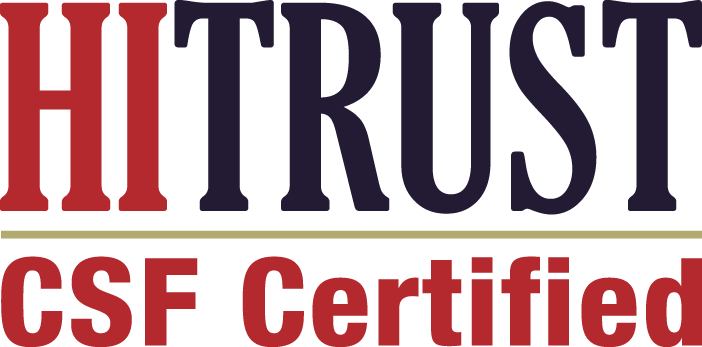
Experian Health, the healthcare industry leader for automating, integrating and transforming the front and back end revenue cycle management process, is committed to securely managing patient data and other healthcare transactions. To that end, Experian Health today announced that its applications* have earned HITRUST CSF® Certified status for information security to manage risk, improve security posture and meet compliance requirements.
HITRUST CSF Certified status demonstrates that Experian Health has met key regulations and industry-defined requirements and is appropriately managing risk. This achievement places Experian Health in an elite group of organizations worldwide that have earned this certification. By including federal and state regulations, standards and frameworks, and incorporating a risk-based approach, the HITRUST CSF helps organizations address these challenges through a comprehensive and flexible framework of prescriptive and scalable security controls.
“The HITRUST CSF has become the information protection framework for the health care industry, and the CSF Assurance program is bringing a new level of effectiveness and efficiency to third-party assurance,” said Ken Vander Wal, Chief Compliance Officer, HITRUST. “The HITRUST CSF Certification is now the benchmark that organizations required to safeguard PHI are measured against with regards to information protection.”
Please click here to learn more about Experian Health’s industry leading solutions.
*The following Experian Health applications have earned Certified status for information security by HITRUST: Eligibility Clearinghouse (NOA, TN and MPV), Claims, Coverage Discovery, Coordination Of Benefits (COB), Clinical Data Clearinghouse, Premium EDI, eCareNext, OneSource, ClaimSource, Patient Self-Service, BatchSource, Care Coordination, Search America, MPV portal (mediconnect.com)



